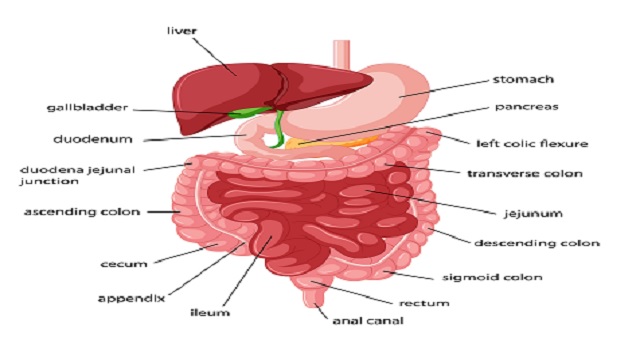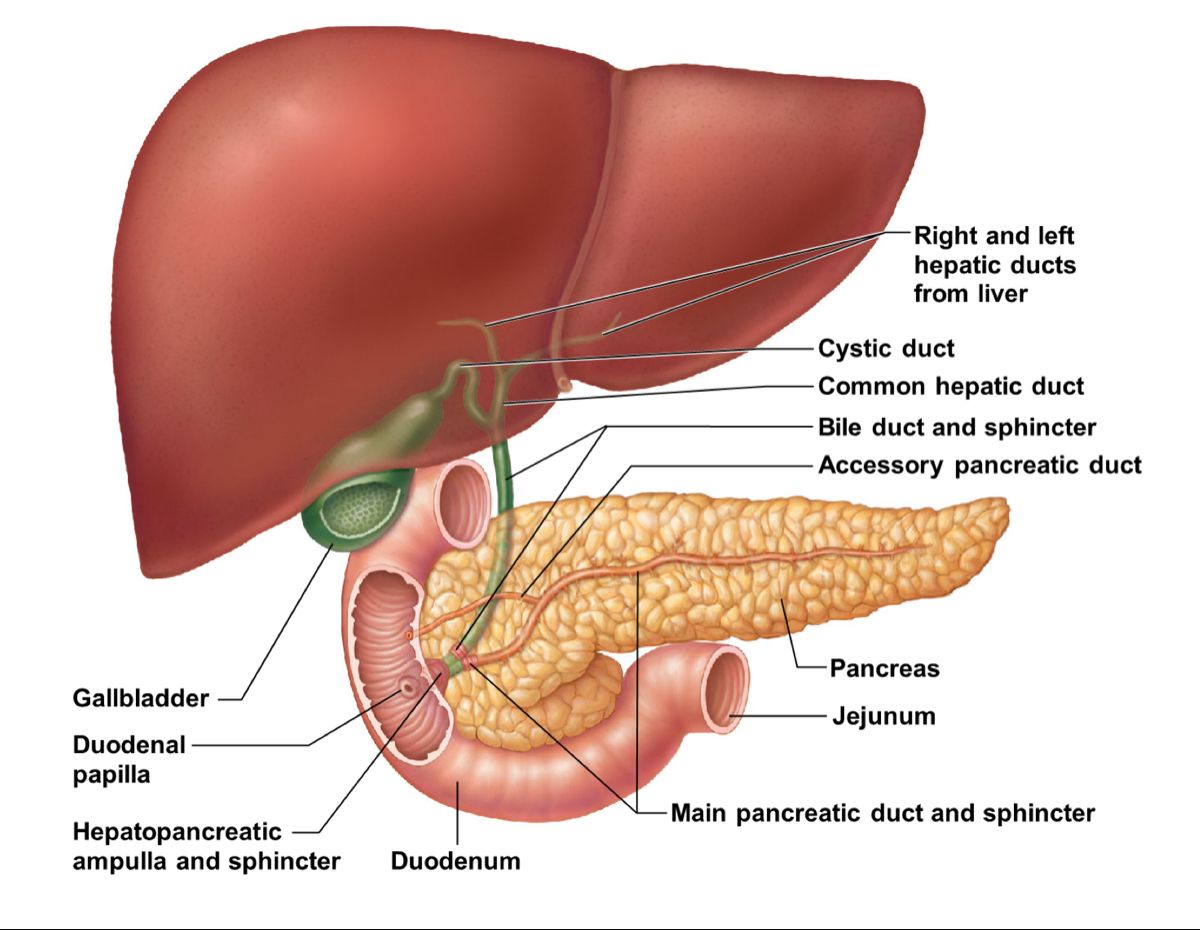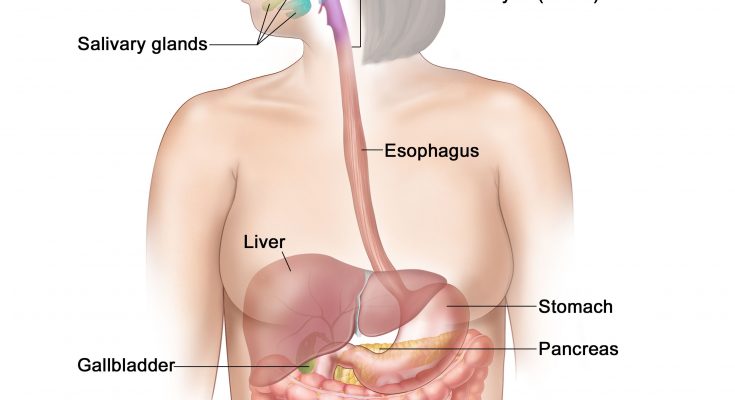Introduction to Digestive System
Digestion is the process by which food molecules are broken down into various small substances that can be absorbed into the blood stream and assimilated into the cells for utilization. Digestion is mainly a chemical process brought about by the actions of numerous enzymes.
The whole process of digestion takes place in the alimentary canal.
Mechanical Digestion: how the body breaks down large chunks of food into smaller pieces using teeth or muscle contractions.
Chemical Digestion: uses chemicals such as enzymes or acids found within the body to break large food molecules into smaller, simpler ones.
The digestive system describes the alimentary canal, its accessory organs and a variety of digestive processes that prepare food eaten in the diet for absorption. The alimentary canal begins at the mouth, passes through the thorax, abdomen and pelvis and ends at the anus.
The digestive processes gradually break down the foods eaten until they are in a form suitable for absorption. For example, meat, even when cooked, is chemically too complex to be absorbed from the alimentary canal.
Functions of Digestive System
The functions of the digestive system are:
1. Ingestion. Food must be placed into the mouth before it can be acted on; this is an active, voluntary process called ingestion.
2. Propulsion. If foods are to be processed by more than one digestive organ, they must be propelled from one organ to the next; swallowing is one example of food movement that depends largely on the propulsive process called peristalsis (involuntary, alternating waves of contraction and relaxation of the muscles in the organ wall).
3. Food breakdown: mechanical digestion. Mechanical digestion prepares food for further degradation by enzymes by physically fragmenting the foods into smaller pieces, and examples of mechanical digestion are: mixing of food in the mouth by the tongue, churning of food in the stomach, and segmentation in the small intestine.
4. Food breakdown: chemical digestion. The sequence of steps in which the large food molecules are broken down into their building blocks by enzymes is called chemical digestion.
5. Absorption. Absorption is the process by which the end products of digestion pass through the lining of the digestive tract. These end products are now absorbed into the body’s circulatory system where they are utilized. The simple sugars and amino acids enter the blood stream directly while the fatty acids enter the bloodstream indirectly through the lymphatic system.
6. Defecation. Defecation is the elimination of indigestible residues from the GI tract via the anus in the form of feces. The organs of the digestive system can be separated into two main groups: those forming the alimentary canal and the accessory digestive organs.
More on AmplifyGlobe
Organs of The Alimentary Canal
 The alimentary canal (also called the digestive tract) is a long tube of organs Read More
The alimentary canal (also called the digestive tract) is a long tube of organs Read More
Accessory Organs of the Alimentary Canal
 Digestive Organs Other than the intestines and the stomach, the following are al Read More
Digestive Organs Other than the intestines and the stomach, the following are al Read More
Process of Digestion
 The digestive system converts the foods we eat into their simplest forms, like g Read More
The digestive system converts the foods we eat into their simplest forms, like g Read More